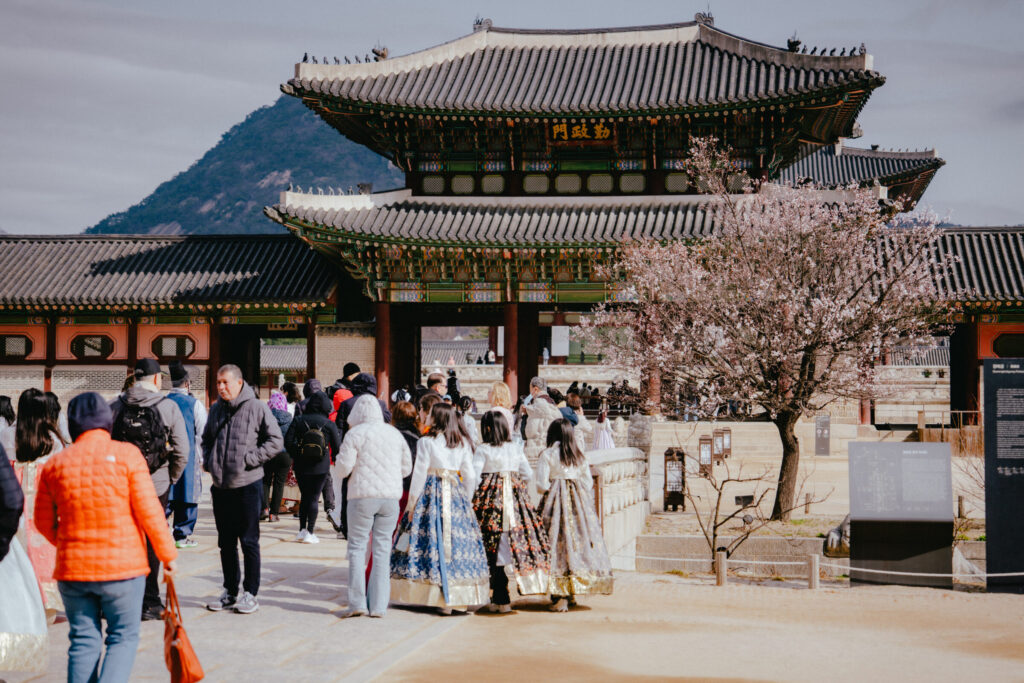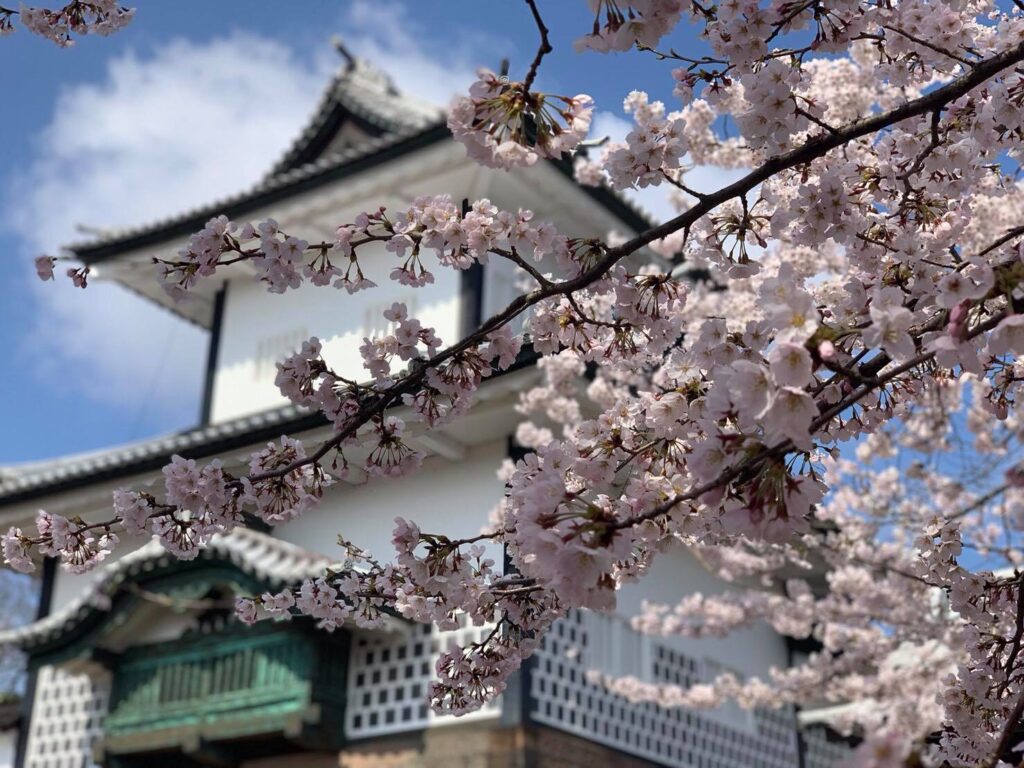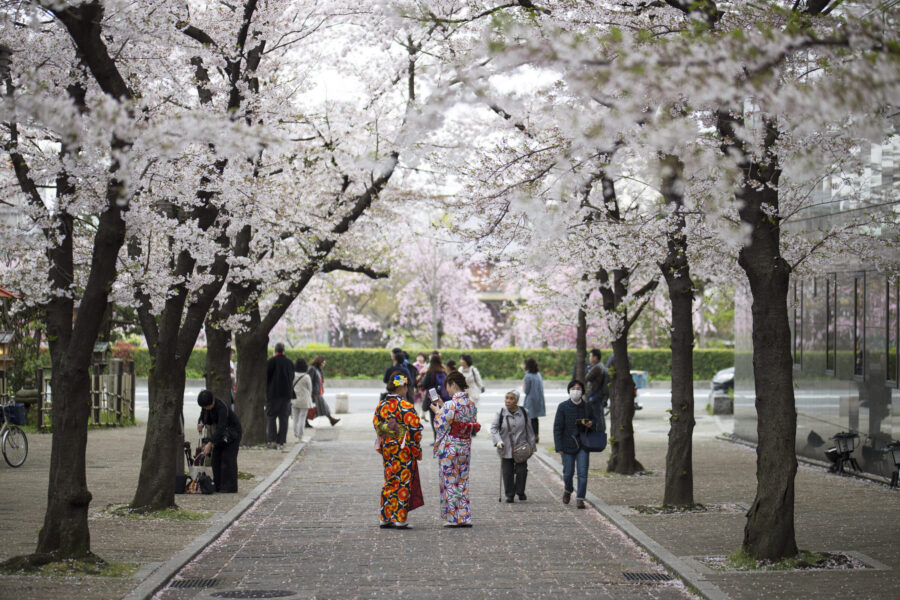Like this post? Help us by sharing it!
Each spring, two neighbouring countries become wreathed in cherry blossom. While the flowers may look similar, the meanings they carry – and the ways they’re experienced – tell very different stories.
Japan: The quiet weight of tradition
In Japan, cherry blossom (sakura) is not just a seasonal celebration – it’s philosophy in bloom. For over a thousand years, these petals have symbolised impermanence, fragility, and the beauty of life’s fleeting moments.
The Heian-era nobility turned blossom-viewing into poetry. Samurai saw in its fall a metaphor for the ideal death: graceful, sudden, unresentful. In modern Japan, sakura still carries emotional heft – appearing in literature, graduation ceremonies, and even state messaging during times of national loss.
But there’s nothing heavy-handed about how Japan marks the season. Hanami (flower-viewing) picnics are cheerful, but rarely chaotic. People lay out their tarpaulins early, gather with friends or colleagues, drink, eat, and quietly marvel. The blossom forecast is anticipated with near-meteorological intensity. And then – just as suddenly as it arrived – it’s gone.

Korea: A louder kind of spring
In Korea, cherry blossom (beotkkot) comes with a different energy. This is a country that celebrates spring out loud.
Major festivals – like Jinhae’s Gunhangje – draw huge crowds, food stalls, K-pop performances, and drone-lit skies. The mood is part graduation party, part national holiday. Couples take selfies, school leavers pose in uniform under the trees, and crowds spill through blossom-lined streets in Seoul and Busan long into the evening.
But the blossoms’ journey in Korean culture has been more complicated. Many of the most common varieties were introduced during the Japanese colonial period. For years, this gave cherry blossom uncomfortable associations. More recently, however, Korea has reclaimed the flower on its own terms – championing the native King Cherry from Jeju Island and using blossom season as a stage for modern Korean identity. Less symbolism, more celebration. Less inward gaze, more outward joy.
Same bloom, different meaning
To the untrained eye, blossom season might look much the same in both countries – crowds, cameras, flowers on the wind. But pay closer attention, and the contrasts are telling.
In Japan, it’s about mood. Aesthetics. The bittersweet elegance of something that doesn’t last. In Korea, it’s about atmosphere. Participation. The collective lift of a country stepping into spring.
Even the timing tells a story. Japan’s sakura zensen (blossom front) is charted with near-clinical precision as it moves north through the archipelago. Korea’s blossom season hits faster and harder – a quick burst of celebration before summer heat rolls in.

Why it matters when you travel
Seeing the cherry blossom in one country is a seasonal treat. Seeing it in both – in the same year – is something else. It’s a chance to step inside two very different ways of being, shaped by history, identity and worldview.
The geography adds another layer. Japan stretches over 3,000 kilometres from Okinawa to Hokkaido, allowing the blossom season to unfold gradually from south to north over the course of several weeks. In contrast, Korea’s smaller landmass means its cherry blossom season is more condensed – blooming across the country in a much shorter span.
You’ll still get the photos, the picnics, the street food. But you’ll also walk away with something less expected – a feeling for how place and culture shape even the simplest of moments. A deeper understanding of what spring means here. Not just where the trees bloom best, but why it matters.
And that’s the beauty of travel at its richest. One flower. Two nations. Two very different ways to feel it.


